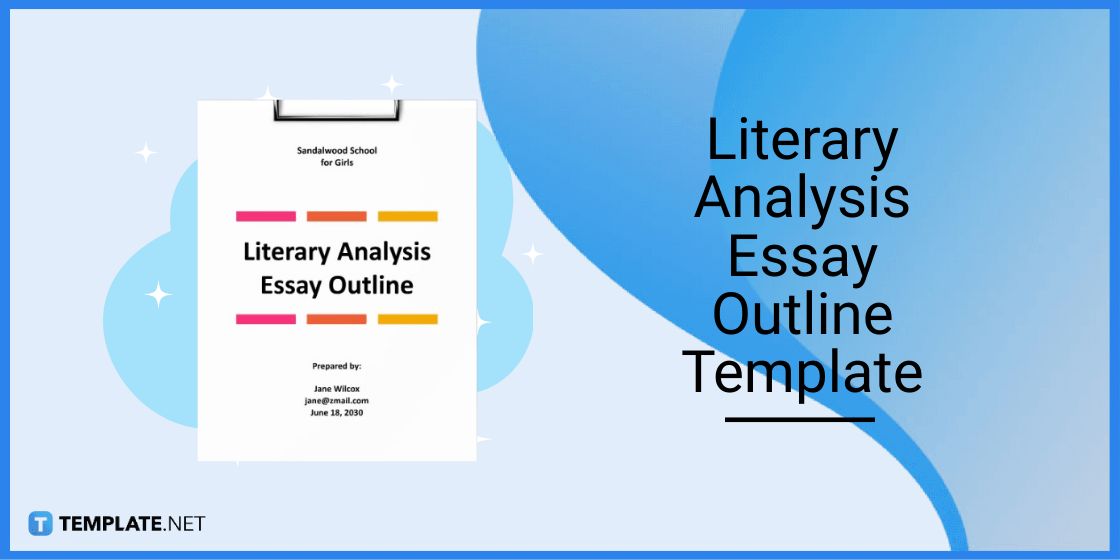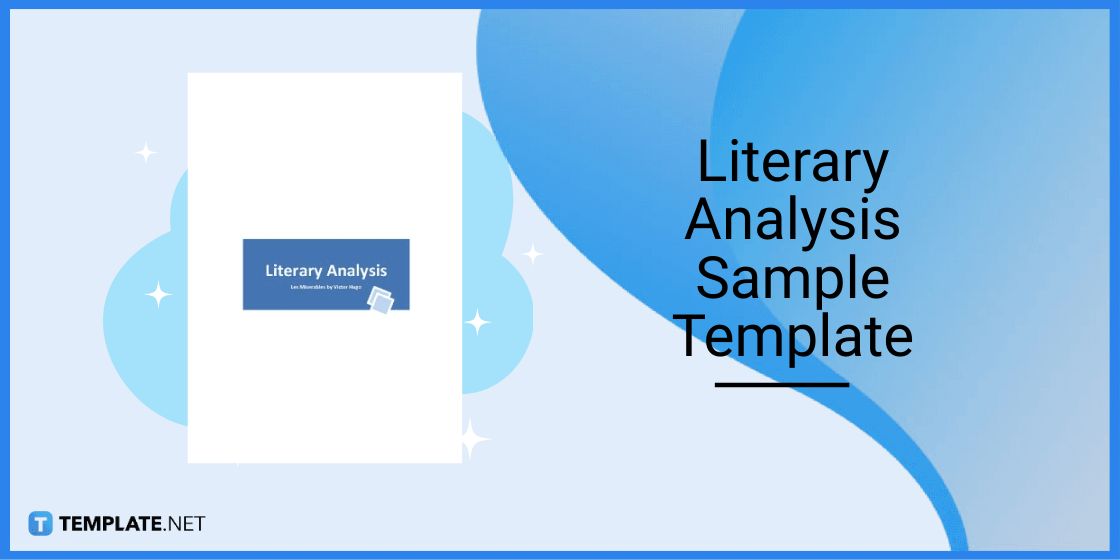Table of Contents
How to Make/Create a Literary Analysis [Templates + Examples] 2023
Literary analysis is an activity that many literary enthusiasts enjoy doing. They love to decipher the messages, themes, and elements of their favorite novels, poetry pieces, and other pieces of literary work.

Create a Literary Analysis – Step-by-Step Guide
Creating literary analysis documents is quite engaging, especially if the literary work you’re deciphering has compelling narratives, themes, and characters.
Step 1: Search for Literary Analysis Templates
Use the search bar to quickly find literary analysis templates on the site. It should take no more than five seconds. Just enter the keywords “literary analysis” or “literary analysis templates” in the search bar.
Step 2: Choose a Literary Analysis Template
Select the literary analysis template that catches your eye. Get a better view of it by clicking its preview image displayed on the results page. You’ll be brought to the template’s own web page where you can secure a copy of it.
Step 3: Select a Preferred File Format for Downloading
Before you download a copy of the literary analysis template, see to it to choose a file format first—one that’s compatible with the program you’ll use to customize it. So for instance, if you’ll be using Apple Pages, select Apple Pages as the file format, and if it’s Google Docs or MS Word, select either of those.
Step 4: Download Your Chosen Literary Analysis Template
Download the template after you’ve set up a file format. Click the Download button and you’ll have your own copy of the template contained in a ZIP file. You can find the ZIP file in the Download folder of your PC or device.
Step 5: Write the Title and Description of the Literary Piece
It’s important to indicate the title of the literary piece and the name of its author in the document. And below the title must be a one-paragraph or two-paragraph description of the piece. The title and description serve as the introductory sections of the literary analysis.
Step 6: Discuss the Symbolism and Imagery
Next up, discuss the symbolism and imagery projected in the literary piece. These are objects and scenes in the narrative that are used as metaphors or foreshadowing by the author. In this step, you have to describe and explain your interpretation of the story’s symbolism and imagery.
Step 7: Describe the Setting
The setting of the story is integral to analyzing the core components of the literary piece. In this section, you need to describe the time and place where the story is happening. The setting reveals quite a lot about the plot and motivation of the characters.
Step 8: Discuss the Narrator’s Point of View
The narrator’s point of view offers a unique perspective on the story. And with that said, it would make your literary analysis complete if you include it in the discussion. Talk about how the narrator sees the characters and make sure to indicate whether he/she is an integral character in the story.
Step 9: Tackle the Genre, Tone, and Writing Style
Discuss the genre, tone, and writing style of the literary piece in at least one paragraph each. You can talk about how the author puts his/her own spin on those elements. You may also point out some key comparisons to the genre, tone, and writing style of other similar works.
Step 10: Review the Characters
Reviewing the characters is arguably the most engaging section to write in a literary analysis. In this part, you’ll be breaking down the motivations, interests, and personalities of the characters. In other words, you’ll be doing a shortened version of a character analysis.
Step 11: Discuss the Themes
The themes of a literary piece are what make it feel alive and make the readers feel emotions as they read it. For that reason, it’s important to discuss the themes in the literary piece. In your own words, you can explain how the themes affected you as a reader and how they complement the narrative.
Step 12: Save and Print the Literary Analysis Document
After you’ve written and proofread everything, make sure to select the Save option (Ctrl+S) to save your progress. And if you wish to submit your literary analysis to your literature teacher or share it with a friend, select Print (Ctrl+P) to create a physical copy of it.
Literary Analysis Templates & Examples
It helps to have a sample that you can use as a reference in writing your own literary analysis. Some of the best samples you can find are these literary analysis templates and examples.
Literary Analysis Essay Outline Template
The Literary Analysis Essay Outline Template is the right choice for those who want their analysis to be written like an essay. It already has a perfectly outlined essay format.
Literary Analysis Sample Template
The Literary Analysis Sample Template lets its users analyze literary works with in-depth insights. Students who study literature or any person who loves literature can make good use of this template.
FAQs
What are the basic components of literary analysis?
The basic components of literary analysis are interpretation, comprehension, and analysis.
What is the purpose of making a literary analysis?
The main purpose of making a literary analysis is to understand the ideas, themes, plot devices, messages, and writing structures that the author used.
How should I start a literary analysis?
You can start by discussing the general premise of the literary piece.








